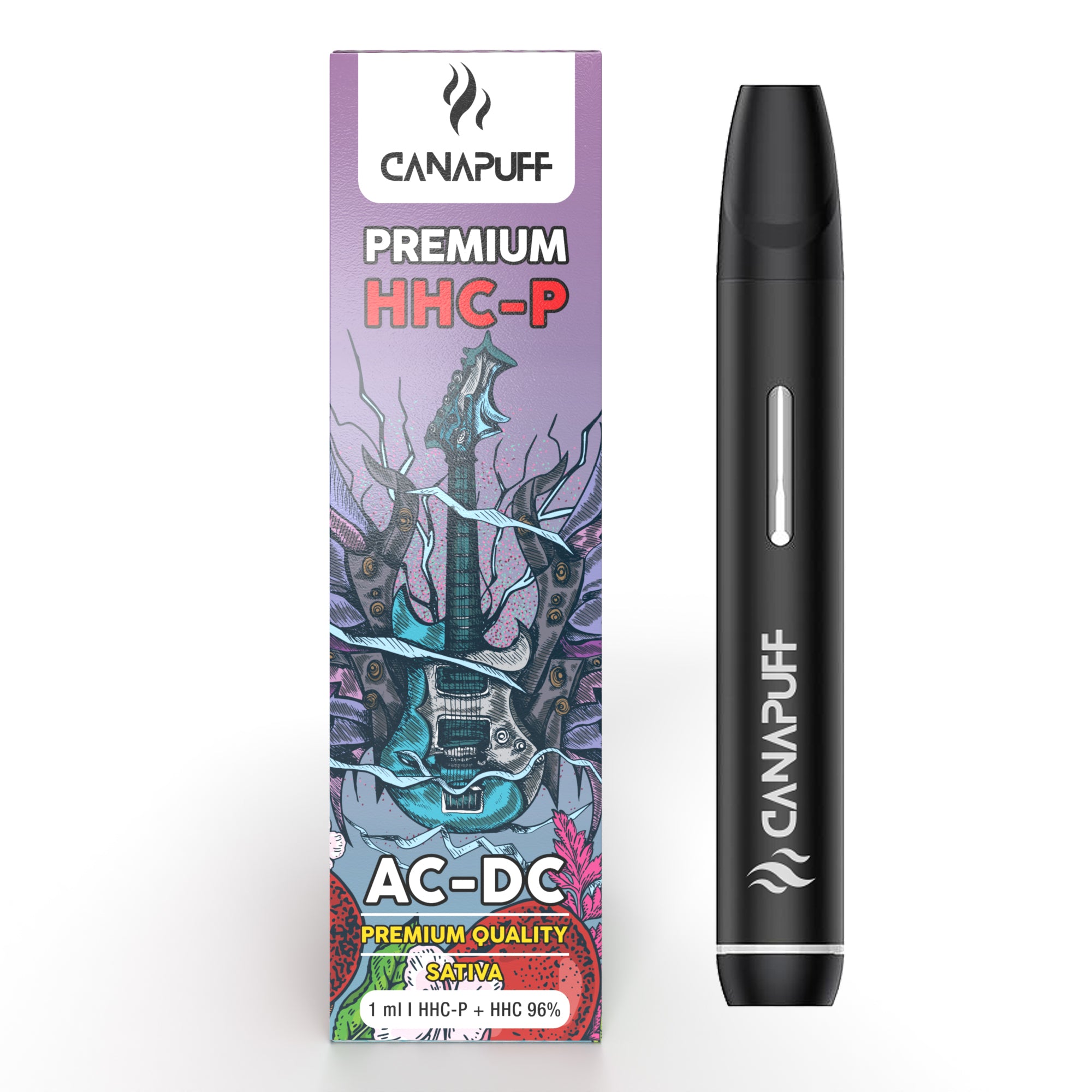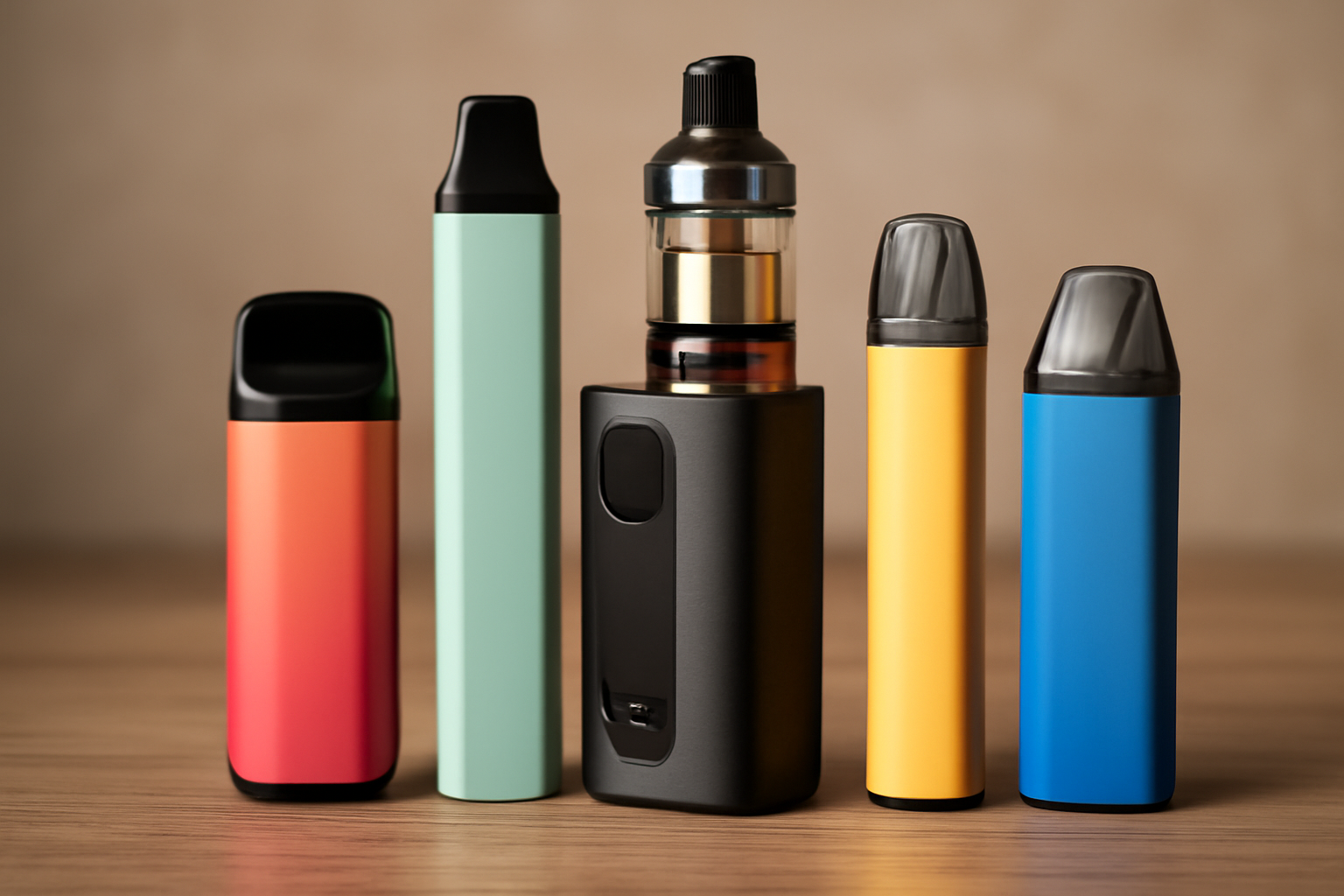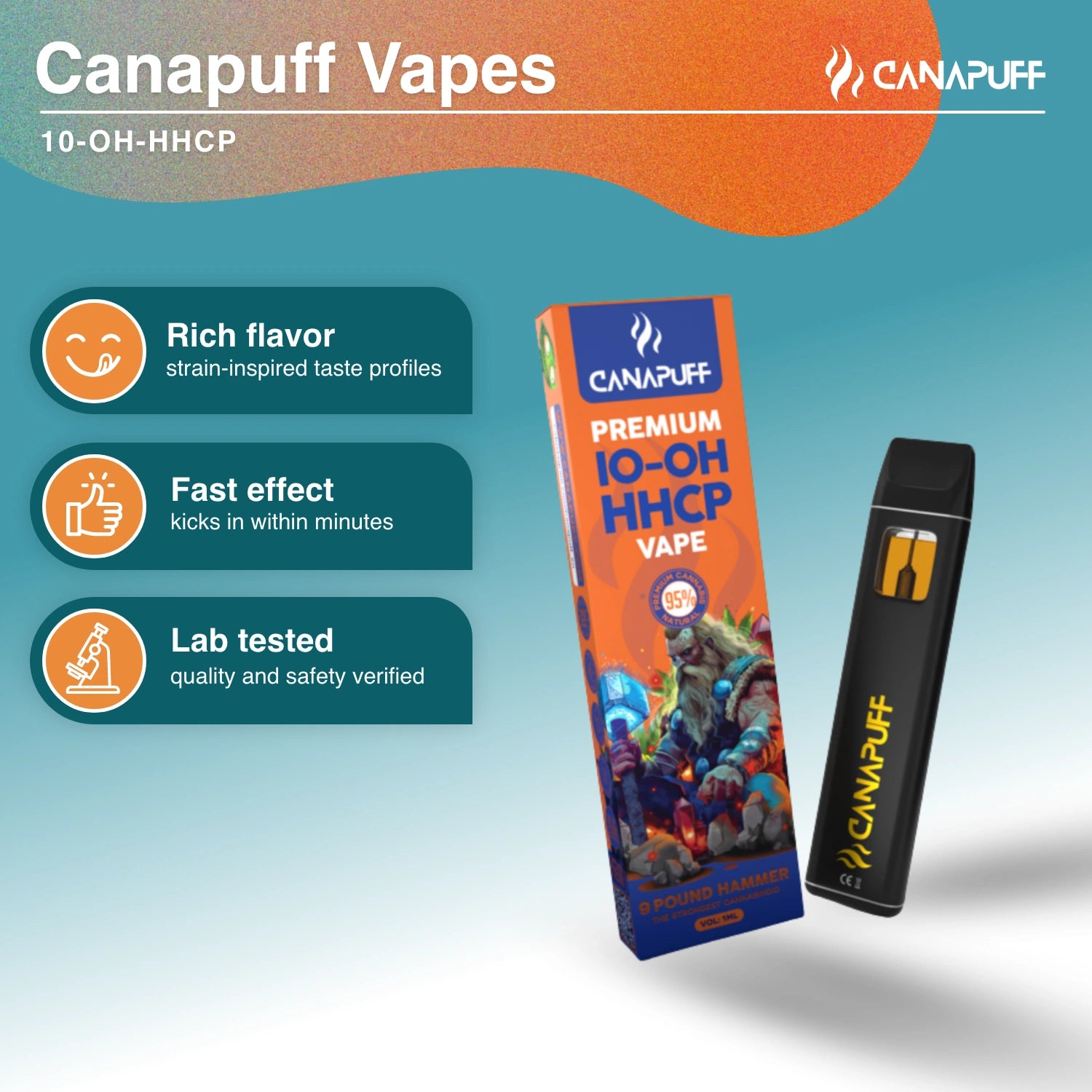Vaping has gained a lot of attention in recent years, especially among those looking to reduce or quit smoking. But what exactly is vaping, how does it work, and how is it different from traditional smoking? Let's explore these questions in detail and look at the potential risks, benefits, and whether vaping can help smokers quit for good.
What Is Vaping?
Vaping refers to the act of inhaling vapor produced by an electronic cigarette or other vaping device. Unlike traditional cigarettes, which burn tobacco to create smoke, e-cigarettes heat up a liquid known as e-liquid or vape juice, turning it into a vapor that the user inhales.

What Are E-Cigarettes?
E-cigarettes are handheld devices that simulate the experience of smoking a cigarette without burning tobacco. Instead, they use a battery-powered heating element to heat the e-liquid, which typically contains nicotine, flavoring, and a base of either propylene glycol or vegetable glycerin.
There are different types of e-cigarettes, including:
- Cigalikes: These are the most basic e-cigarettes, looking similar to traditional cigarettes.
- Vape Pens: Larger and more customizable devices.
- Mods: Advanced e-cigarettes that allow users to adjust settings like temperature and airflow.
How Does Vaping Work?
Vaping involves several key components:
- Battery: Powers the heating element.
- Atomizer/Coil: Heats up the e-liquid to create vapor.
- E-Liquid: Contains nicotine, flavorings, and a base liquid.
- Mouthpiece: The part where the user inhales the vapor.
When you press a button or activate the device (in some models), the battery powers the atomizer, heating up the e-liquid and producing vapor that is inhaled into the lungs.
Vaping vs Smoking: What's the Difference?
Both vaping and smoking involve inhaling substances into the lungs, but there are significant differences between the two:
| Aspect | Vaping | Smoking |
|---|---|---|
| Substance | Vapor from e-liquids (which contain nicotine and flavoring) | Smoke from burning tobacco and other chemicals |
| Health Risks | Generally considered less harmful, but still not risk-free | Known to cause severe health issues (lung cancer, heart disease, etc.) |
| Nicotine Content | Can be adjusted to lower levels of nicotine | Fixed nicotine content (varies per brand) |
| Secondhand Smoke | Vapor dissipates quickly and has fewer harmful chemicals | Contains harmful toxins that affect others around you |
| Odor | No lingering smell, often pleasant (depends on flavor) | Strong, unpleasant odor that sticks to clothes and surroundings |
| Regulations | Less regulated in some places, but gaining regulation | Strict regulations in most countries |
Risks and Side Effects of Vaping
While vaping is generally considered less harmful than smoking, it still carries some risks and potential side effects. Here are some of the known dangers:
| Risk/Side Effect | Details |
|---|---|
| Nicotine Addiction | E-liquids contain nicotine, which is addictive. This can lead to dependence. |
| Respiratory Issues | Vaping can irritate the lungs and cause coughing, wheezing, or shortness of breath. |
| Increased Heart Rate | Nicotine can increase heart rate and blood pressure. |
| Chemical Exposure | Some e-liquids contain harmful chemicals, such as formaldehyde, which can be toxic when heated. |
| Potential for Lung Injury | There have been cases of lung injuries linked to vaping, particularly with unregulated products. |
It's important to note that long-term effects are still being researched, and there's no definitive answer yet on the full scope of potential health risks.
Can Vaping Help You Quit Smoking?
Many people have turned to vaping as a way to quit smoking, but is it effective? The idea is that vaping can provide the nicotine fix without the harmful chemicals found in traditional cigarettes, making it a less harmful alternative. However, there are mixed opinions on whether it truly helps people quit for good.
- Pros: Some studies suggest that vaping can be an effective tool for reducing cigarette consumption, as it helps manage cravings with fewer toxins.
- Cons: Others argue that vaping might just replace one addiction with another. Additionally, some people may end up using both e-cigarettes and traditional cigarettes, which defeats the purpose.
If you're looking to quit smoking, it's best to consult a healthcare professional to explore all your options, including nicotine replacement therapy (NRT), behavioral support, and other strategies.
Conclusion: Is Vaping a Safe Alternative?
While vaping is considered a less harmful option compared to smoking traditional cigarettes, it still carries certain risks. It eliminates the harmful tar and many toxins associated with smoking, but nicotine addiction and potential respiratory issues remain a concern. Vaping can help some people reduce or quit smoking, but it is not risk-free, and its long-term effects are still being studied.
If you're considering switching to vaping, it's essential to stay informed and make a well-thought-out decision based on your personal health goals. Ultimately, quitting smoking entirely, with the help of professional support and proven methods, is the best path for your health.



























Leave a comment
This site is protected by hCaptcha and the hCaptcha Privacy Policy and Terms of Service apply.